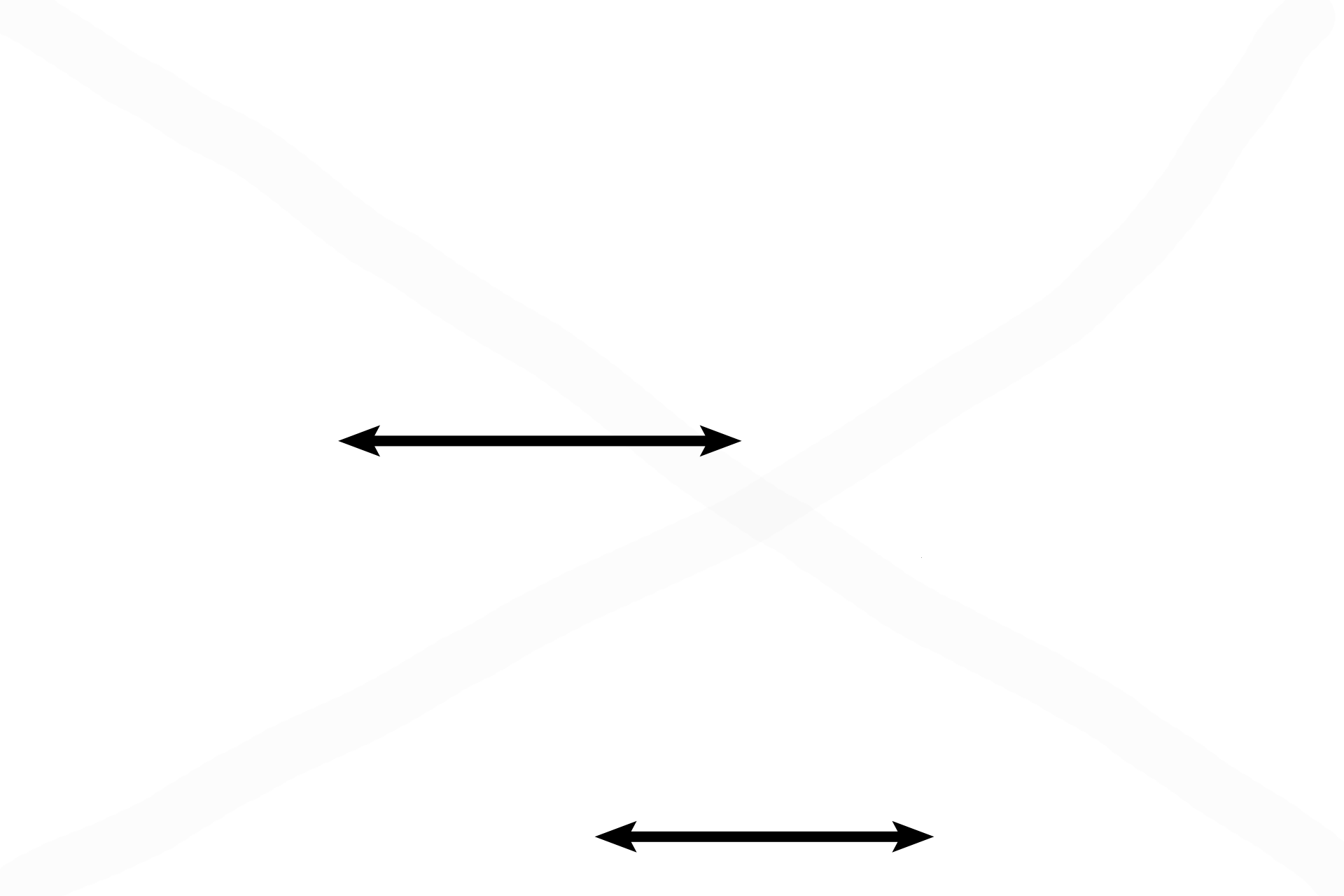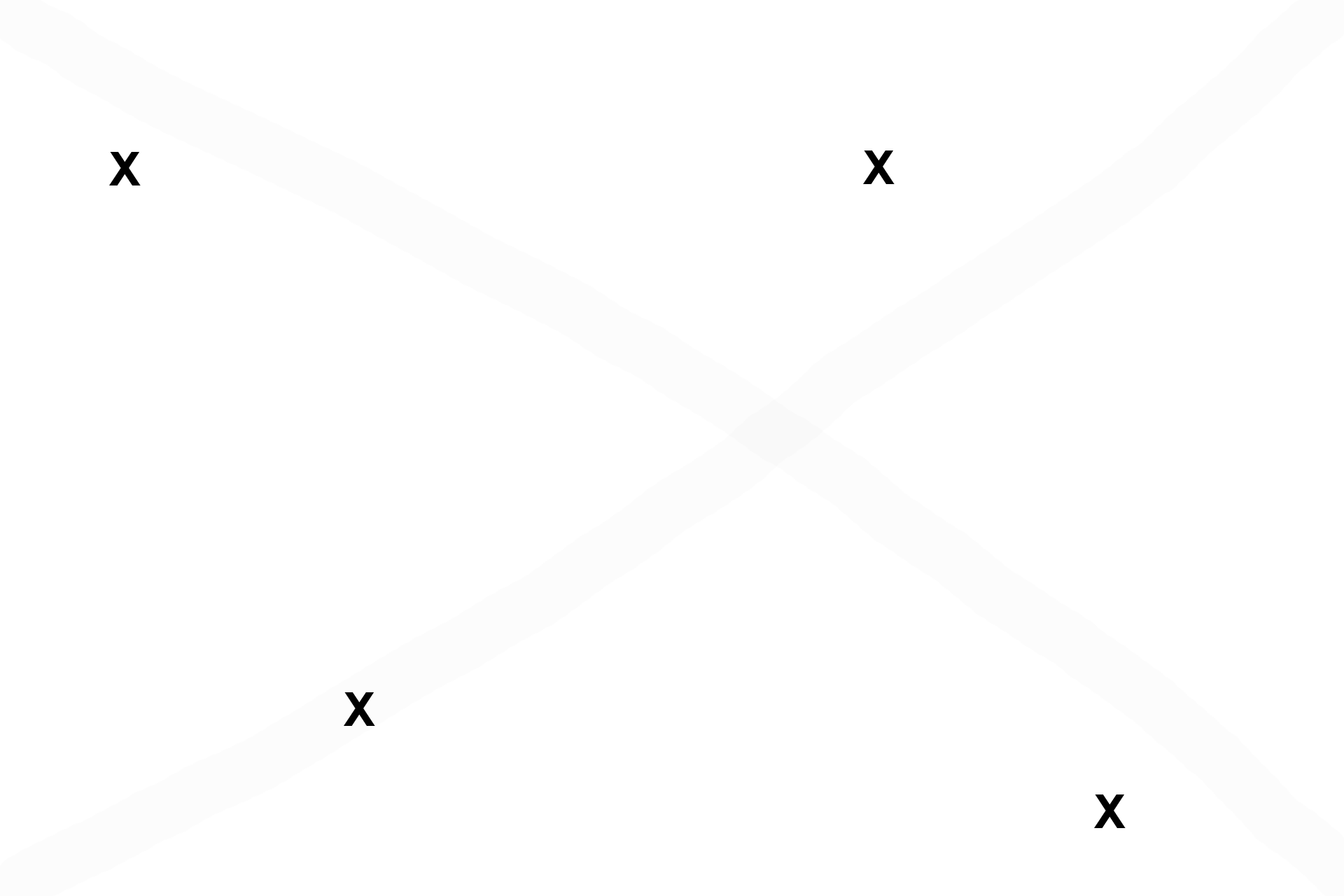
Bone: deposition
This image shows what the forming osteon in the previous image would look like after additional layers of bone are deposited. 400x

Forming osteon >
This partially formed osteon, or Haversian system (black arrow) is composed of layers that were deposited centripetally on the original lamella (blue arrow), thus reducing the size of the Haversian canal. Additional lamellae will be apposed to those already present, until a mature osteon is formed.

- Haversian canal >
The Haversian canal (black arrow) is the central cavity of the osteon. In life, it is lined by an endosteum and is filled with loose connective tissue and at least one blood vessel (blue arrow).

Osteons >
Other, more completely formed osteons are visible in the field. Each is composed of a central Haversian canal surrounded by concentric lamellae of bone. The Haversian canal is lined by an endosteum and filled with loose connective tissue and at least one blood vessel.

Cement lines >
The outer boundaries of these osteons are marked by cement lines. Cement lines have a high concentration of ground substance and, therefore, appear as basophilic bands around the osteons. Cement lines mark the transition between resorption and new growth, as well as indicating interruptions in a growth pattern, similar to tree rings.

Woven bone >
Woven bone is also present, indicating that this is an immature bone. The rounded osteocyte lacunae and the absence of lamellae are indicative of woven bone.

Classification >
This bone is classified as compact, woven and lamellar bone. The bone is compact because the majority of the image is filled with bone; non-bone tissue is minimal. Both woven and lamellar bone (osteons) are present, so both should be included in the classification.